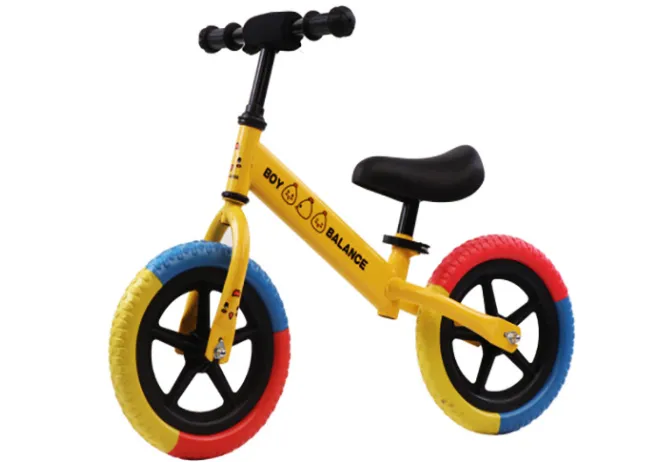
- Afrikaans
- Albanian
- Amharic
- Arabic
- Armenian
- Azerbaijani
- Basque
- Belarusian
- Bengali
- Bosnian
- Bulgarian
- Catalan
- Cebuano
- Corsican
- Croatian
- Czech
- Danish
- Dutch
- English
- Esperanto
- Estonian
- Finnish
- French
- Frisian
- Galician
- Georgian
- German
- Greek
- Gujarati
- Haitian Creole
- hausa
- hawaiian
- Hebrew
- Hindi
- Miao
- Hungarian
- Icelandic
- igbo
- Indonesian
- irish
- Italian
- Japanese
- Javanese
- Kannada
- kazakh
- Khmer
- Rwandese
- Korean
- Kurdish
- Kyrgyz
- Lao
- Latin
- Latvian
- Lithuanian
- Luxembourgish
- Macedonian
- Malgashi
- Malay
- Malayalam
- Maltese
- Maori
- Marathi
- Mongolian
- Myanmar
- Nepali
- Norwegian
- Norwegian
- Occitan
- Pashto
- Persian
- Polish
- Portuguese
- Punjabi
- Romanian
- Russian
- Samoan
- Scottish Gaelic
- Serbian
- Sesotho
- Shona
- Sindhi
- Sinhala
- Slovak
- Slovenian
- Somali
- Spanish
- Sundanese
- Swahili
- Swedish
- Tagalog
- Tajik
- Tamil
- Tatar
- Telugu
- Thai
- Turkish
- Turkmen
- Ukrainian
- Urdu
- Uighur
- Uzbek
- Vietnamese
- Welsh
- Bantu
- Yiddish
- Yoruba
- Zulu
Dec . 13, 2024 09:51 Back to list
9 speed to 12 speed conversion mtb
Understanding the Conversion from 9-Speed to 12-Speed in Mountain Biking
Mountain biking has seen a significant evolution over the years, with advancements in technology leading to improved performance and rider experiences. One of the notable changes in recent years has been the shift from 9-speed drivetrains to the more modern and efficient 12-speed systems. This article will explore the benefits, considerations, and the overall impact of converting from a 9-speed to a 12-speed system in mountain biking.
The Basics of Drivetrain
A bicycle drivetrain consists of various components that work together to enable movement. The number of gears, or speeds, largely determines the functionality and efficiency of the system. Traditionally, mountain bikes came with 9-speed drivetrains, which featured a specific combination of chainrings and sprockets on the rear cassette. Recently, 12-speed systems have gained popularity, driven by advancements in technology and the demand for smoother shifting, wider gear ratios, and reduced weight.
Advantages of 12-Speed Systems
1. Wider Gear Range One of the most significant advantages of a 12-speed system is the increased gear range. With more gears available, riders can enjoy a wider selection of ratios, which can be particularly beneficial in varied terrain. Climbs are easier with lower gears, while higher speeds can be achieved on flats and descents.
2. Smoother Shifting The technology behind 12-speed systems has drastically improved. With precision engineering and design, modern 12-speed drivetrains offer smoother and more reliable shifting, reducing the effort required to change gears. This leads to a more enjoyable riding experience, especially on challenging trails.
3. Better Chain Management 12-speed drivetrains often incorporate wider chains coupled with more parallel cogs. This design minimizes the chances of chain skipping and enhances overall durability. Riders can push their limits without constantly worrying about mechanical failures.
4. Lighter Weight As components continue to evolve, manufacturers are developing lighter materials. 12-speed systems often employ advanced materials that reduce weight without sacrificing strength. A lighter bike means improved handling and efficiency, essential for competitive riders.
5. Simpler Gear Ratios 12-speed drivetrains often feature closer gear ratios. This results in smaller jumps between gears, allowing for more precise cadence control during rides. Cyclists can maintain a more consistent rhythm, enhancing overall performance.
9 speed to 12 speed conversion mtb

Considerations When Converting
While the transition from a 9-speed to a 12-speed system has many benefits, there are also considerations to keep in mind
1. Cost Upgrading from a 9-speed to a 12-speed system can be pricey. The cost of new components, including the cassette, chain, derailleur, and shifters, can add up quickly. It’s essential to budget appropriately for this upgrade.
2. Compatibility Not all bikes are compatible with the latest 12-speed components. Frame and wheel specifications must be checked to ensure they can accommodate the new drivetrain. Additionally, the bottom bracket and crankset may also require upgrading.
3. Installation and Maintenance Transitioning to a new system may necessitate professional installation unless you have the expertise to do it yourself. Furthermore, ongoing maintenance may differ from that of a 9-speed system, requiring riders to adapt their servicing practices.
4. Riding Style The benefits of a 12-speed system may align well with certain riding styles and conditions. Riders focused on competitive events, technical trails, and varied terrain will likely see the most value. Casual cyclists or those riding on flatter terrain may not experience as noticeable of an improvement.
Conclusion
Shifting from a 9-speed to a 12-speed mountain bike drivetrain can bring a range of advantages, particularly for those seeking improved performance, gear versatility, and overall riding experience. However, the associated costs, compatibility considerations, and potential need for modifications should also be weighed carefully.
Ultimately, the decision to upgrade should be based on individual rider needs, budget, and the specific demands of the terrain they frequent. For many, the leap to a 12-speed system represents not just an upgrade, but a substantial enhancement of their mountain biking experience, allowing for greater enjoyment, performance, and adventure on the trails.
-
The Ultimate Kids' Four-Wheeler Experience
NewsJul.09,2025
-
The Ultimate Guide to Mountain Bikes: Gear Up for Your Ride
NewsJul.09,2025
-
The New Age of Cycling: Electric Bikes for Every Rider
NewsJul.09,2025
-
The Best Kids Bicycles: Ride in Style and Safety
NewsJul.09,2025
-
The Best 3-Wheel Scooters for Kids: Fun, Safety, and Adventure
NewsJul.09,2025
-
Revolutionize Your Ride: Affordable Electric Bikes
NewsJul.09,2025
-
Finding the Perfect Mountain Bike for Every Rider
NewsJul.09,2025



